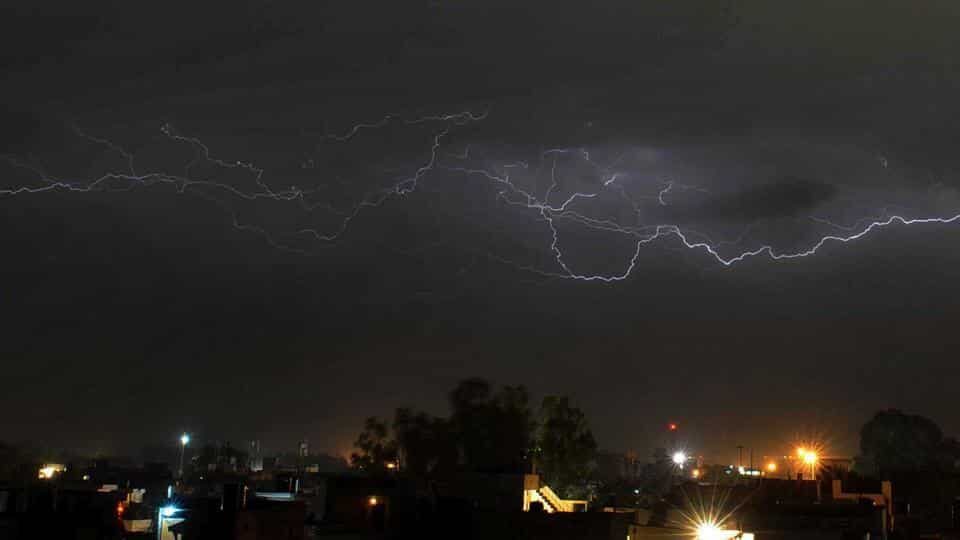
There were 26 deaths on Thursday in Bihar alone from such strikes (or flashes as they are called scientifically). On Friday, 15 people were killed in lightning strikes in different districts of the state. Another 21 people lost their lives and over 40 were injured due to lightning amid heavy rain and thunderstorms in seven districts of Bihar on Saturday. And at least 253 more people have lost their lives to lightning strikes and 49 have been injured in the past one and half months with 90% of the deaths recorded in Uttar Pradesh and Bihar, according to data from the National Disaster Management Authority. The injured are undergoing treatment in local hospitals. Most of the casualties are farmers and labourers who were doing agriculture-related work in fields. Chief minister Nitish Kumar has expressed grief over the loss of lives. He has announced an ex-gratia of four lakh rupees each to the next of the kin of the deceased. Kumar has ordered free treatment of injured persons.
A mix of meteorological and behavioural factors are leading to a very high number of deaths in Bihar and east Uttar Pradesh this year, say India Meteorological Department scientists. Every year at least 2000 to 3000 deaths in India occur due to lightning strikes and torrential rains in India. But this year there is a lot of convective or thunder cloud formation in the region along with extremely heavy and widespread rains, unusual for June. Bihar has received 66% excess rains from June 1 to July 2 with 77% excess rains in the week of June 24 to July 1. East Uttar Pradesh received 72% excess rains in the same period with 79% excess only in June 24 to July 1 week.
The convective clouds result in lightning of the cloud to ground type (the rarest form of lightning according to scientists, and also the one that does the most damage).
"There is a lot of convective activity there because the monsoon trough was passing near the Himalayan foothills and now there is a cyclonic circulation over east UP. Cloud to ground lightning (the kind which usually causes damage) is nothing but current passing from cloud to ground. Such discharge happens when certain kinds of convective clouds form. These clouds may be forming over east UP and Bihar the most now because of surface heating and weather systems bringing intense rain there. But we have to see if people in these states are taking adequate precautions against electrocution," said DS Pai, senior scientist, IMD Pune.
That may not be happening. Other scientists say that intense rains have led to more farmers being out in the field making the most of the monsoon for their paddy crop.
"This year the number of lightning incidents and lightning deaths is more frequent over Bihar and eastern UP because the region is seeing intense monsoon rain quite early in the monsoon in June. In previous years this region usually didn't receive such rains in June. Because of good rainfall this year in June, farmers are out in the field farming. Paddy field water also attracts electricity and farmers on the field act as conductors of electricity from the thunderstorm," explained Sunitha Devi, member of Ministry of Earth Sciences' thunderstorm working group.
In 2018, at least 100 people died due to thunder squalls in west UP, Rajasthan and Haryana following which the ministry of earth sciences formed a working group that developed a model to assess how many lightning flashes may occur and how strong the wind is likely to be during thunderstorms.
(Read more here)



Reader Comments